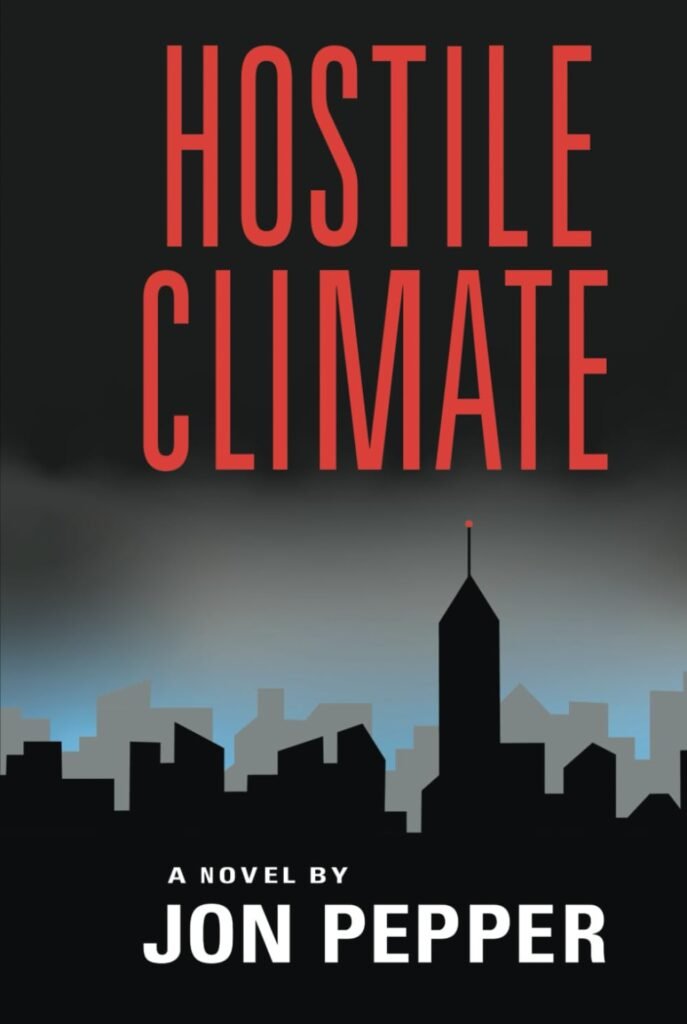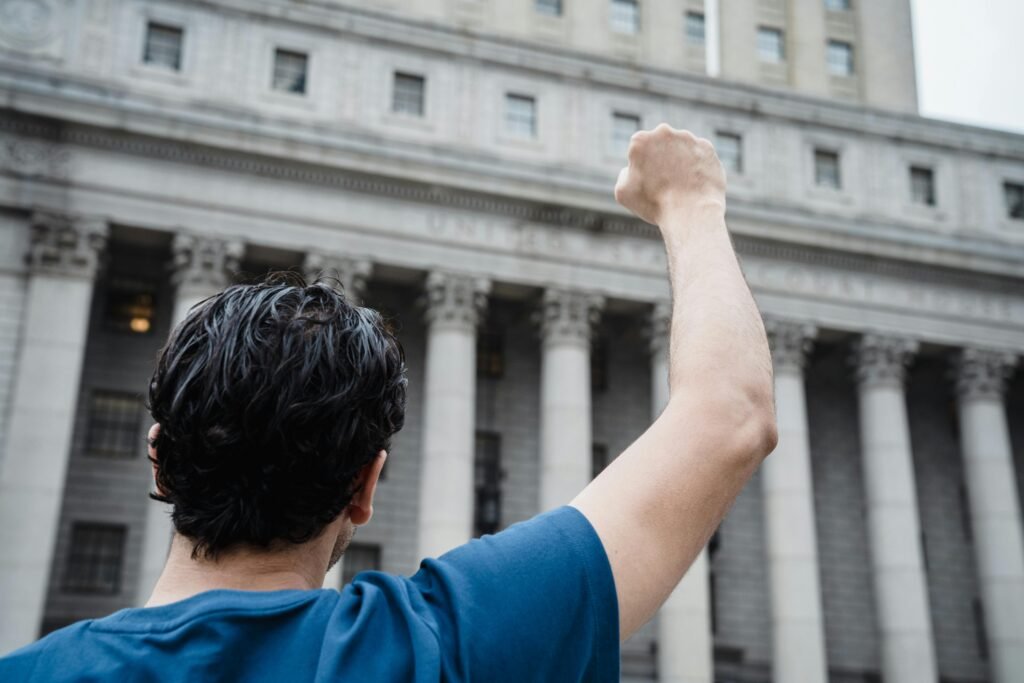
Economic Blackout Protests – Powerful Movements for Justice and Change Many people feel upset about rising living costs and economic inequality. Economic blackout protests let consumers use their spending power to push for change. This blog post explains how these boycotts work, shares real examples, and shows how you can join the movement against price gouging and unfair practices.
Learn how your choices can make a difference.
Key Takeaways
- Economic blackout protests use coordinated spending freezes to fight issues like economic inequality and price gouging.
- On February 28th, activists joined a national protest led by People’s Union USA. They boycotted McDonald’s to highlight high living costs and unfair prices.
- These movements target large corporations but encourage people to support small businesses that meet essential needs.
- Protests aim to pressure companies for fairer wages, better treatment of workers, and greater accountability in pricing strategies.
- By joining these actions, consumers show their power and push for changes in corporate policies affecting daily life.
What is an Economic Blackout Protest?
Economic blackout protests aim to disrupt consumer spending. Activists organize these events to address issues like economic inequality and price gouging. Participants choose specific dates, often coordinating boycotts of companies that they see as unethical.
They believe that a collective spending freeze demonstrates consumer power effectively.
Groups involved in these protests seek accountability from large corporations. Targeting businesses like McDonald’s shows their intention to pressure firms for fair practices. These grassroots movements encourage people to support small businesses instead, especially during economic crises.
Economic blackout protests highlight the importance of consumers in driving social change through their financial decisions.
Hostile Climate (Fossil Feuds) Hardcover – December 27, 2024

Examples of Economic Blackout Protests
On February 28th, many people participated in a nationwide blackout. The People’s Union USA led a boycott against fast-food giant McDonald’s to address economic concerns like price gouging and living costs.
February 28th blackout
The February 28th blackout saw a powerful protest against rising living costs. Activists organized a spending freeze aimed at major corporations like McDonald’s. Consumers chose not to spend money on non-essential items for the day.
This action highlighted economic inequality and consumer power.
Protesters hoped to pressure companies into addressing price gouging and unfair tariffs. They wanted businesses to take responsibility for how their actions affect everyday people.
Many viewed this grassroots activism as a tool for change in an ongoing economic crisis. The event united consumers in a call for accountability from big corporations while supporting small businesses that offer essential needs.
People’s Union USA targeting McDonald’s
People’s Union USA organized a protest against McDonald’s to highlight economic inequality and price gouging. Activists aimed to freeze spending at the fast-food giant. They argued that high living costs hurt consumers, especially low-income families.
This grassroots activism focused on holding corporations accountable for their pricing strategies.
Protesters called for fairer wages and better treatment of workers. Their efforts showcased consumer power and encouraged others to support small businesses instead. By targeting McDonald’s, they sought to make a strong statement about corporate practices affecting everyday lives.
Impact of Economic Blackout Protests
Economic blackout protests empower consumers to take action against unfair practices. These movements often push corporations to become more accountable for their pricing and business strategies.
Demonstrate consumer power
Economic blackout protests clearly show consumer power. People can influence companies by choosing where to spend their money. These movements work as a form of protest against price gouging, high living costs, and tax evasion.
When individuals refuse to buy from certain brands, they send a strong message about economic inequality.
During these protests, consumers unite for causes that matter to them. They demonstrate solidarity with small businesses while holding large corporations accountable. This collective action impacts not only sales but also how brands view their responsibilities toward customers.
By participating in these boycotts, consumers push back against unfair practices and promote ethical spending habits within the market.
Pressure corporations for accountability
Protests target corporations to hold them accountable for their actions. Consumers use economic blackout protests to demand fair prices and ethical practices. These movements pressure companies to address issues like price gouging and tax evasion.
Boycotts force businesses to rethink their strategies on customer engagement and pricing. Activists impact corporate policies through organized spending freezes. They show that consumer power can lead to meaningful change.
As the push for accountability grows, social movements inspire more grassroots activism across various sectors. Public demonstrations amplify calls for action against inequality in living costs and other financial burdens affecting consumers every day.
Encourage support for small businesses and essential needs
Economic blackout protests support small businesses and essential needs. These actions emphasize consumer power. By choosing to shop at local stores, people invest in their communities.
This helps smaller shops compete against larger corporations that often engage in practices like price gouging.
Grassroots activism plays a crucial role here. Many participants consciously redirect their spending towards essentials rather than luxury items. This shift promotes economic equality by ensuring everyone can access necessary goods without unfair pricing tactics.
By standing together, consumers send strong messages to big businesses about accountability and fairness.
FAQs
1. What is an economic blackout protest?
An economic blackout protest is a boycott where consumers stop spending to highlight issues like price gouging, tax evasion, or economic inequality. This social movement uses collective action to demand change in living costs and consumerism.
2. Why do people join these protests?
People join because they want to fight rising prices, unfair tariffs, or cost of living increases. Many see it as grassroots activism against government policies that ignore consumer needs.
3. How does a spending freeze work during a protest?
A spending freeze means consumers refuse to buy non-essential goods for a set time. By reducing consumer spending, protesters pressure businesses and governments for accountability on pricing and taxes.
4. What strategies do organizers use in these movements?
Organizers often use civil disobedience and political dissent tactics such as public demonstrations or online campaigns. These protesting strategies help spread awareness about social unrest caused by economic injustice.
5. Can these protests impact government policy?
Yes; when many participate in boycotts or protests, the resulting drop in sales can prompt leaders to address economic inequality or review tariffs affecting daily expenses.



